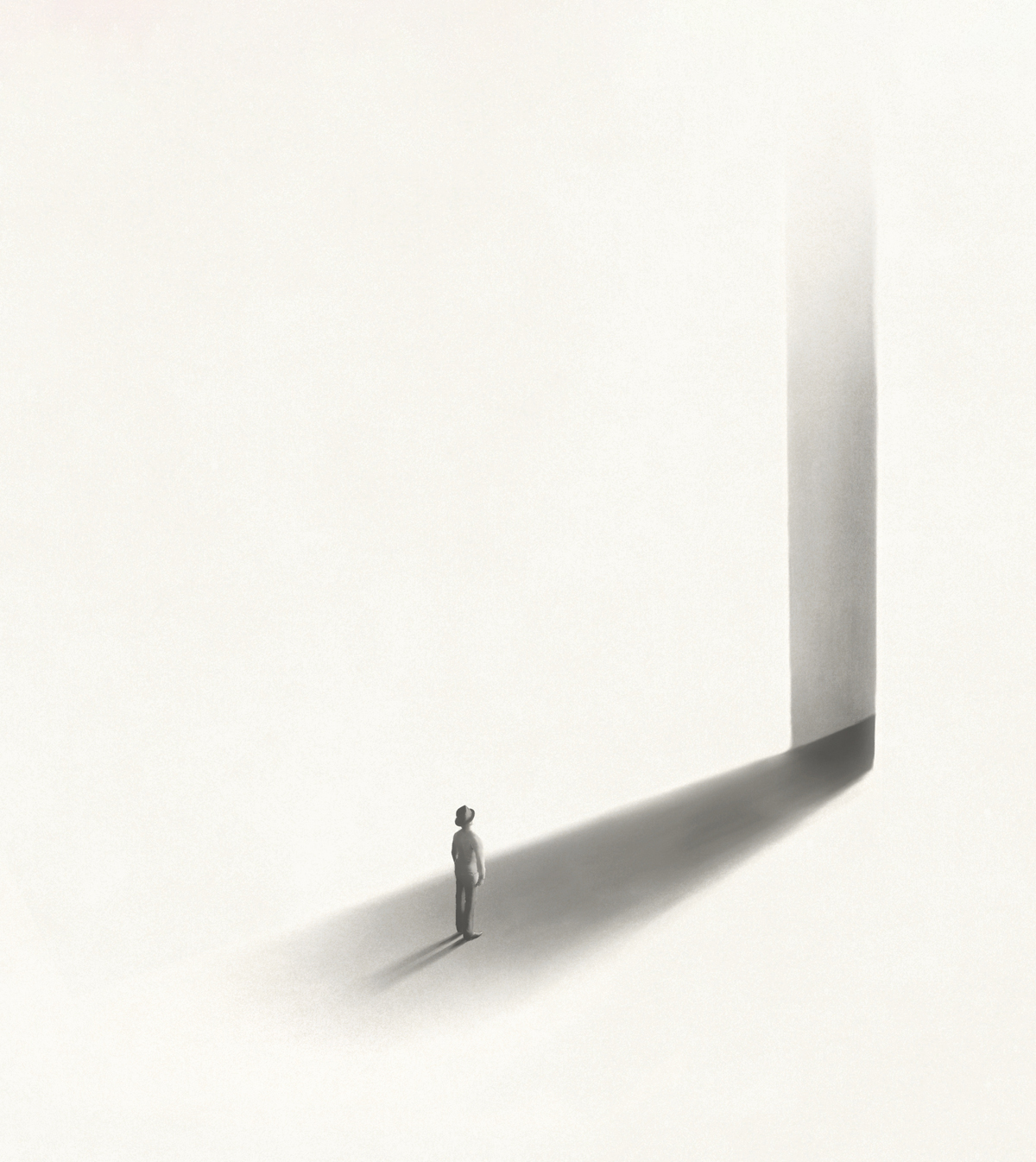In the Melbourne Tattoo Academy architecture competition, one of the tasks given to participants is to tackle the social stigma that still surrounds the art of tattooing in their designs. There are several forms of buildings/structures that are surrounded by stigma that many modern architects look to counter with innovative design techniques and community projects.
Areas such as low-income housing, whether in urban or rural locations, often face harsh criticism and social stigma that can have a long-term negative influence on the community, as well as the individuals that live there.
Social stigma of social housing
One type of architecture that seems perpetually surrounded by stigma and stereotype is social housing, its original purpose marginalised to be seen as a place for freeloaders and drug addicts. Kate Davies, chief executive of Notting Hill Housing, wrote in The Guardian in June 2014 that while the original planners and architects had wonderful visions of beautiful estates where working people could raise their families safely, the real life applications have left estates poorly maintained and reviled within the wider community.
“Scruffy, run-down, unloved, litter-strewn housing developments – which we are responsible for – also contribute to the stigmatisation of residents.”
The scapegoating of the desperately poor is an all-too common occurrence, supported by dismal and dangerous buildings that supposedly house benefit cheats and scroungers. Jay Pitter co-edited a collection of powerful essays entitled ‘Subdivided: City-Building in an Age of Hyper-Diversity’ which includes her essay “Designing Dignified Social Housing.” The essay combines critiques of how social housing is conceived along with Ms. Pitter’s recollections of growing up in community housing in Toronto.
The number 971 marks the block that 1 Firvalley Court, a Toronto Community Housing apartment in Scarborough, Ont. is located, is pictured on May 9 2016. (Fred Lum/The Globe and Mail)
She recently returned to her childhood home and noted that the only real addition to the buildings in the last two decades was the inclusion of bars on the windows.
“In other buildings, barriers are created by beautiful low walls, by shrubs,” she says. “Here, there are bars. It’s an institutional community.”
The one element of that housing development that is devoted to youth recreation is the basketball court, which is flanked by a high iron fence on each side – concealed from the rest of the community and physically contained.
This basketball court that has a high metal fence surrounding it preventing people from entering or exiting from any place other than the one set of stairs, is pictured on May 9 2016. (Fred Lum/The Globe and Mail)
“It is a cage,” Ms. Pitter says, “If you come to play here, you are going to be playing in a cage.”
South African projects that battle social stigma
South Africa is a nation that has battled the stigma of racism and social divide more than almost any other, and with a culture so ingrained with inequality, architecture is a huge part of the problem in keeping to the two races divided. Many of those who have been marginalized in the past are now working to defeat the stigma and legitimize their communities, and to do so they are enlisting architects into the fray.
Slovo Park is an informal settlement 10km south of the township of Soweto in Johannesburg. They have been campaigning to be recognised as a legitimate, formal community since the end of apartheid in 1994. The 1to1 Agency of Engagement was formed by a small group of architecture students from the University of Pretoria, when they began working with the Slovo Park Community Development Forum (SPCDF) to construct a community center and civic area that was to be constructed on the site of a dilapidated Election Station.
Exterior of Slovo Park Community Center. Image source: Jhono Bennet
Director & co-founder of 1to1, Jhono Bennett, has said that “the hall has provided a symbol of the unity that Slovo Park represents, a symbol to government bodies that often regard informal settlement communities as ungovernable criminals.”
Another community project in South Africa is ‘Architecture for a Change’, which concentrates its efforts in the dense, informal settlements of zinc shacks surrounding Johannesburg. In these housing areas, infrastructural facilities - such as electricity and running water - are shared between homes. Co-founder Dirk Coetser told ArchDaily,
“There is a stigma within informal housing in South-Africa that ‘real’ buildings are constructed from masonry. Our designs challenge that notion by using materials that are readily available and easy to use in informal settlements.”
One of their projects, a solar-powered bakery, involved the community by compensating them for bringing glass bottles to the site and then teaching them how to make bricks from them (a technique that has since been reproduced by community members for other projects).
Bottle bricks were manufactured by the community to construct some of the walls of the solar-powered bakery. Image source: Courtesy of Architecture for a Change
In creating locally-sourced structures that perform far better than many mason constructions, as well as fitting into the local context, Architecture for a Change’s designs therefore implicitly suggest that the local context is just as legitimate as any other.
These are just some of the ways architects are using innovative and altruistic designs to help improve a community and dispel the stigma that surrounds social housing. Engage your own architectural creativity in eliminating the stigma surrounding the art of tattooing in the Melbourne Tattoo Academy architecture competition.
Top 3 Reasons Why You Should Enter Architecture Competitions
Curious about the value of architecture competitions? Discover the transformative power they can have on your career - from igniting creativity and turning designs into reality, to gaining international recognition.
Learn more























